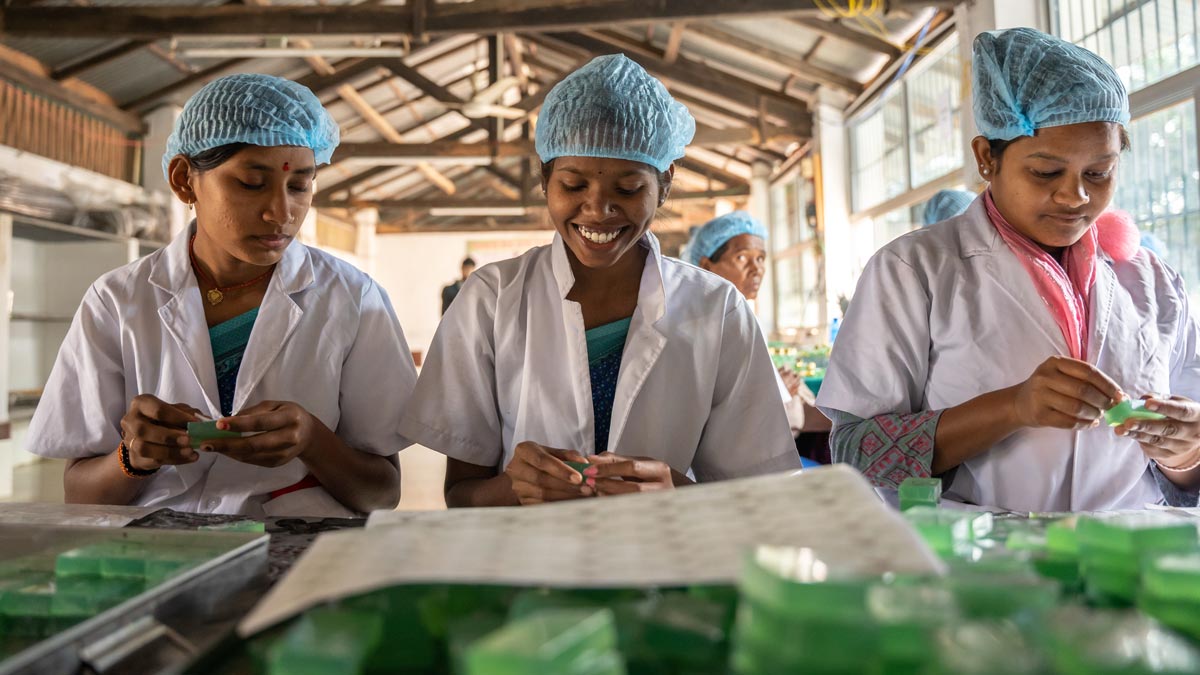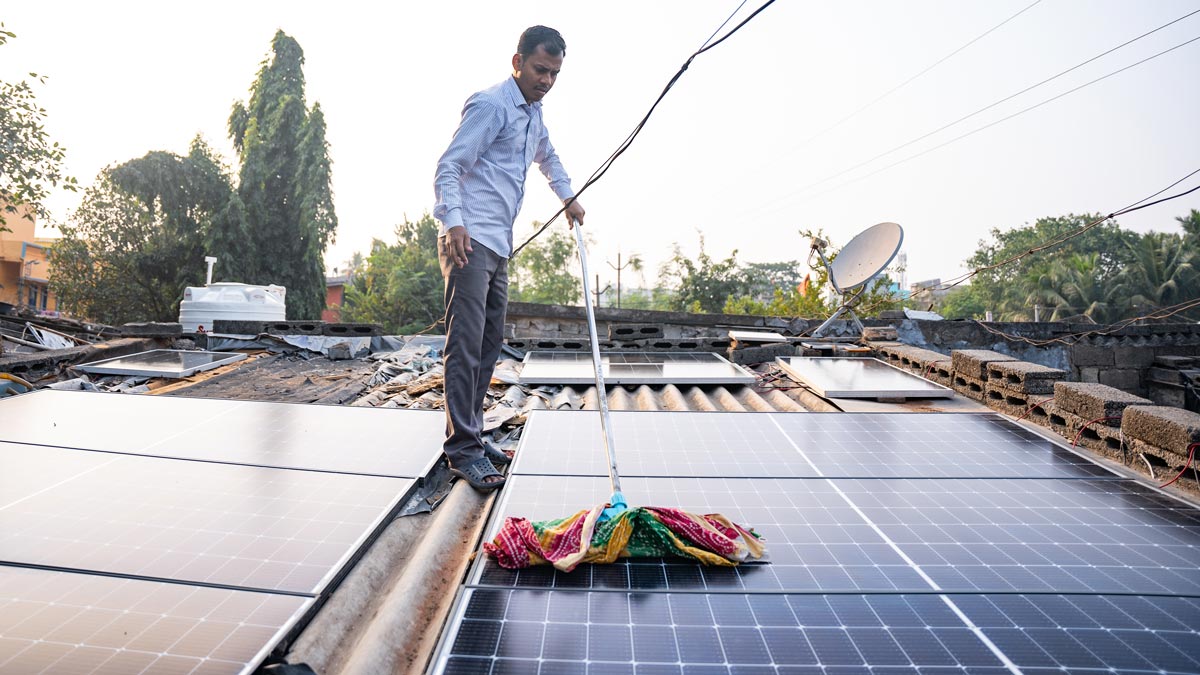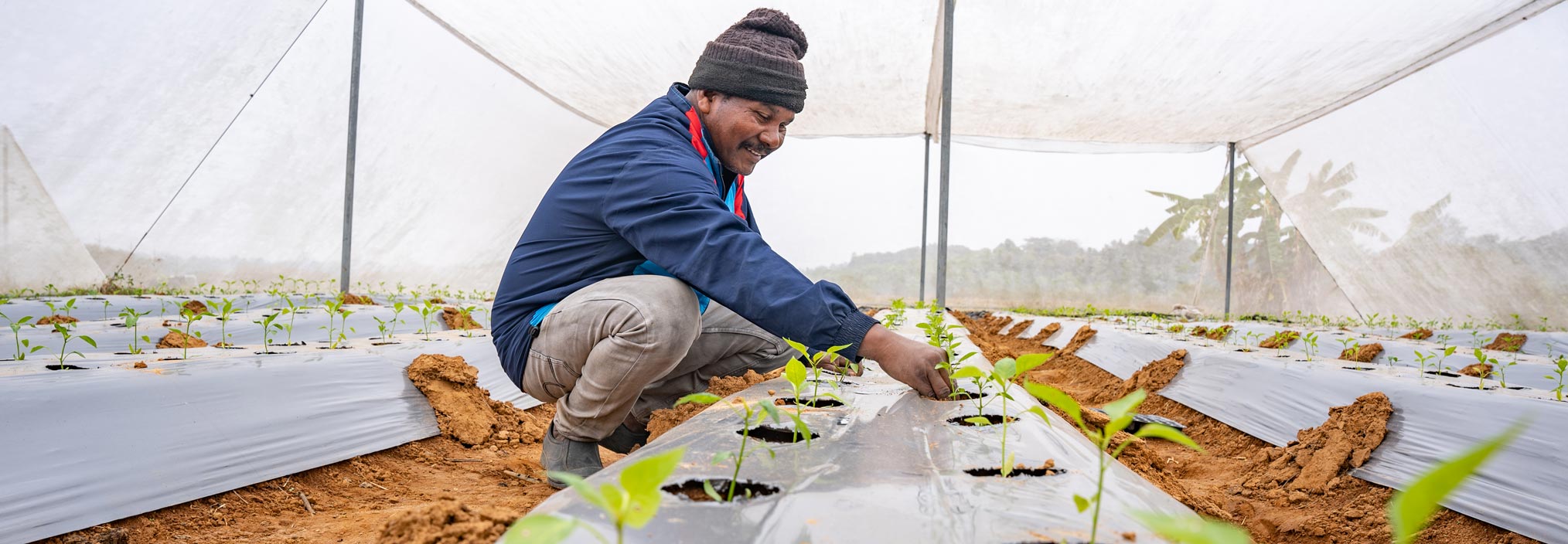Jarnail Singh, Deputy Director, India Office, writes about the intersection of philanthropic giving traditions with India’s evolving climate-first approaches.
Several times a year North India suffocates as it breathes in toxic air. Last year, the air-quality index in Delhi touched a shocking value of 1800—well above the acceptable level of 100, and even the hazardous level that begins at 300. While air quality has become a dominant narrative in the country, the climate crisis is still a slow-burn issue. Against this backdrop, writing about climate philanthropy, navigating complex systemic challenges, and maintaining a sense of hope becomes a formidable task.
Philanthropic giving in India has deep roots in its rich cultural and spiritual traditions. The concepts of Daan (Hinduism), Zakat (Islam), and Daswandh (Sikhism) are among many giving traditions that are considered sacred duties, often seen as paths to self-purification and spiritual liberation. Today, these traditions are part of an evolving vibrant philanthropic landscape, with individuals, families, and corporations making significant contributions to various causes.
However, when we overlay climate change, a global crisis, onto these hyperlocal giving traditions, the dynamic shifts. Giving for a global cause can sometimes feel disempowering while giving for local development issues feels more gratifying. Hence, most of Indian giving has traditionally been in the space of causes like education, health, and livelihoods. This trend, however, is evolving and the gap between ‘climate’ and ‘humanitarian’ giving is narrowing.

Employees of the Women's Cooperative Society, an initiative that provides economic opportunities for women, assemble high-quality cosmetic products using aloe vera pulp. Credit: Subhrajit Sen
A notable shift is underway in India, where climate-first
approaches, focused primarily on emissions reduction, are evolving too. There is recognition that we need an India story approach that incorporates climate grammar wherever it is needed. This approach prioritizes local development issues of the country while leading to significant co-benefits for climate change mitigation. Climate strategies are now being crafted not just to address numbers and emissions but also to consider the people and communities directly impacted by climate change.
Climate strategies are now being crafted not just to address numbers and emissions but also to consider the people and communities directly impacted by climate change.
The narrative around climate justice in India, as opposed to climate justice for India, is also gaining traction. Organizations like Dasra, through the ClimateRise Alliance, are mainstreaming goals of equity within climate discourse—a refreshing shift. It is heartening to see organizations that work to build the field of domestic philanthropy invest in equitable climate action.
At MacArthur, we have had the privilege of supporting organizations like the India Climate Collaborative (ICC) since their early days. The ICC's impact is rooted in the synergy between Indian and international philanthropy. By leveraging the strengths of domestic philanthropy—rooted in local knowledge—and combining it with the resources and reach of international partners, the ICC has created a robust platform for inclusive and far-reaching climate action. Using this approach, it is no surprise that philanthropic giving for climate has more than doubled in the past five years.

A resident of Bhubaneswar, Odisha, runs his entire household on solar energy. With regular maintenance, his rooftop solar panels have provided clean, reliable power for over two years, supporting his family of three. Credit: Subhrajit Sen
However, challenges are abundant. Unrestricted or ‘core’ funding is critical for self-reliance and to bolster institutions and operations. It can ensure that organizations sustain themselves while addressing the climate crisis. However, this is far from reality and most available funding is in the space of on-the-ground implementation, where impact is visible in a rather short span of time. The principle of give more, give core
is an urgent need. It suggests that philanthropies provide trust-based unrestricted, multi-year funding for a wider number of organizations, as opposed to just a few.
Unrestricted or ‘core’ funding is critical for self-reliance and to bolster institutions and operations.
A recent ICC report highlights a concerning trend: most philanthropic funding is directed towards already well-resourced regions and sectors. This is unsurprising, as initial investments often attract further funding. However, this approach overlooks regional disparities in climate vulnerability. For instance, according to a report from the Council on Energy, Environment, and Water, Assam, India's most vulnerable state, received less than two percent of mapped corporate social responsibility funding between 2018 and 2023, while states like Andhra Pradesh, Karnataka, Rajasthan, Maharashtra, and Uttar Pradesh, which already have more resources, collectively received a third of the total.
Climate philanthropy in India is embarking on an exciting and challenging journey. We are particularly excited about the emergence of a new generation of philanthropists who are committed to propelling India to a leadership position in global climate solutions. As collaboration intensifies and voices from the Global South gain prominence, there is rising hope for swift, equitable, and impactful climate action.





